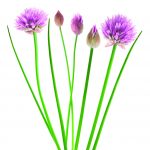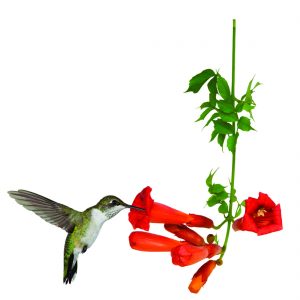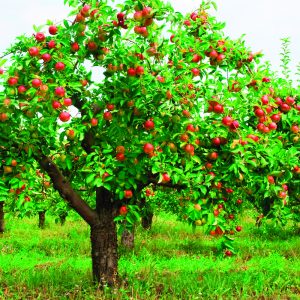Getting a Garden to Work for You and Wildlife
03 Aug 2020
How to make a landscape do more with less
By Carol BrockIs your garden on life support?
Landscape designer Alison Peck says most gardens are. “We have to give them water, fertilizers, different chemicals and maintenance, so our gardens really are on life support,” she says. As owner of Boulder’s Matrix Gardens, a company she founded 36 years ago that specializes in sustainable and edible landscapes, installations, and garden care, she should know.
But Peck believes it could be otherwise. “For some reason, we think of our home landscapes as being pretty, and of course, beauty is a great thing. But gardens could also be supporting life, rather than consuming resources.”
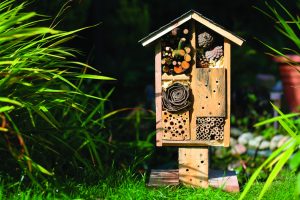
Tiny shifts in the gardening mindset can help accomplish that, like getting your yard to function more like a native landscape by weaning it off water. “Every bit of water we use comes out of some local or Western Slope stream or river, and that deprives fish and wildlife of their lives,” Peck says. “It’s a pretty direct trade-off.”
The typical homeowner overwaters, rather than underwaters, plants and lawns. Just reducing water use a little has immediate impacts, she says. “Surprisingly, one thing that often happens is you have fewer weeds, because a lot of our common weeds thrive on all the water we’re giving them.”
Using less water doesn’t necessarily mean you have to rip up your landscape and plant natives that are happy in drought conditions. Many existing plants will be content with less water, Peck says. “Landscapes are often all watered like the lawn, with frequent, relatively small doses of water. But many trees, shrubs, perennials and grasses will be healthier when watered once every week or two, with enough water to soak deeply into the ground.”
Simply watering existing plants less often and planting a few that consume less water could save a substantial amount, Peck says. Another water-saving idea is to turn a lawn patch into a wildflower garden with Colorado seed mixes that readily sprout flowers adapted to this region.
Most homeowners don’t even know if they’re overwatering, Peck says, so she suggests taking advantage of Resource Central’s free “Slow the Flow” irrigation audit. “Eighty to ninety percent of the problems I see in landscapes are due to overwatering.”
Life-Supporting Landscapes

A native landscape doesn’t imply a particular aesthetic, and it doesn’t equate with scruffy, Peck says. It could be anything from “midcentury modern to formal to naturalistic to quite bold and modern.”
The difference is yards that function like native landscapes are more sustainable, require fewer resources and support life. “Right now, our landscapes are sucking life from the surrounding area, whether it’s through water, toxic chemicals or fossil fuels. I’m talking about creating landscapes that support life, just like the native landscapes around us do,” Peck says.
That means, in addition to reducing water use, gardeners should look at how they can conserve resources by cutting back on a landscape’s fertilizer and energy use, including fossil fuel--dependent garden equipment. “It’s seeing what productivity and beauty you can create with the resources that you do use,” Peck says. “It’s really shifting away from consumption and toward abundance and productivity.”
Instead of being an appendage to your home that requires constant maintenance, your garden can become a productive, life-supporting landscape that’s growing food for you, wildlife or both. “When you start to create a landscape that supports life, all of a sudden you start to have more life in your landscape.”
After you’ve reduced water, chemical and resource usage, think about ways your landscape can assist life. Plant trees, shrubs, grasses and flowers that attract pollinators and insects, she says. Think about what you want out of your space: food, entertaining spots, a quiet oasis, fragrances, etc. “A lot of us inherited cookie-cutter landscapes and it’s not that expensive to shift it to things you like and enjoy,” Peck says. “It’s weaning your garden off of inputs and seeing what it can produce that you and local wildlife would appreciate.” Sometimes, that’s as simple as replacing disease- or pest-prone plants with more adaptable species. Other times, it’s consciously introducing plants that sustain critters.
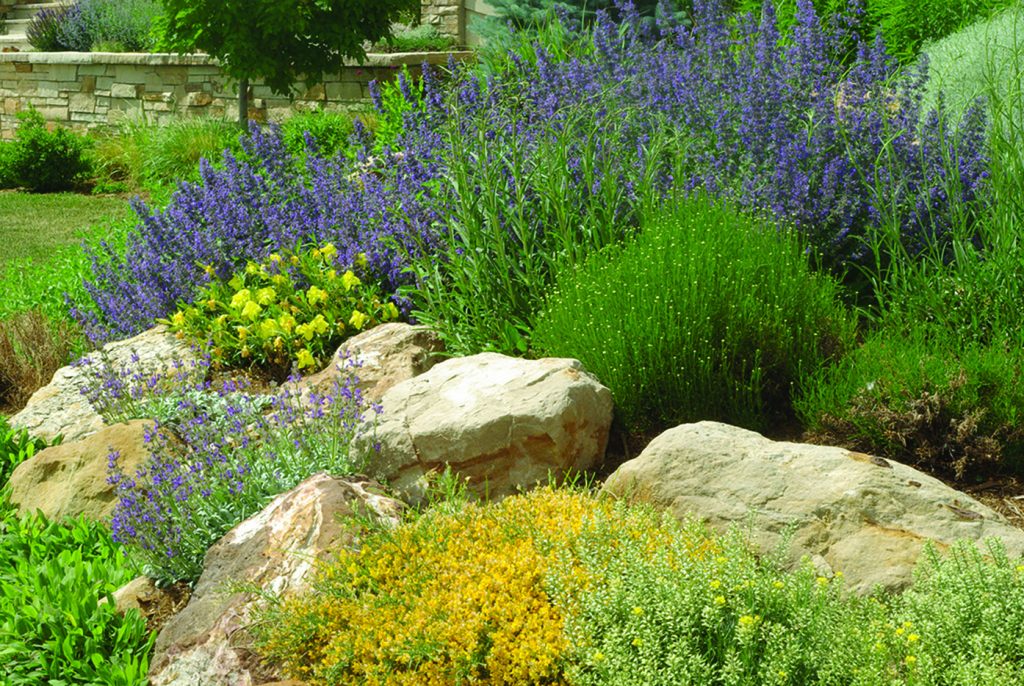
Consider ways to attract wildlife by providing water (think birdbaths), shelter (think bushes, shrubs and trees) and food (think birdfeeders, berries, fruits and seeds). The Audubon Society’s Habitat Hero program offers great tips on creating bird habitat, Peck says.
“The inherent nature of the natural world is to support life,” she observes, “so it’s a shift in mindset. And honestly, it’s asking more of our landscapes. If I’m going to care for you, I’d like to get something more from you than just prettiness. That’s not to downgrade beauty, but our landscapes could be doing so much more.”
Pretty and Productive Plants
Here are a few of Alison Peck’s favorite xeric trees, shrubs and flowers that are pretty, productive and wildlife attractants.
 Flowers
Flowers
When it comes to profuse flowers, the challenge is our clay soils, so plant flowers adapted to these conditions and save showy annuals for pots. “Catmints are all very attractive to pollinators, and most will grow without any water at all,” Peck says, as will ornamental oreganos. Sulfur flowers host caterpillars, which in turn become butterflies. Good hummingbird and bumblebee choices include hummingbird trumpet flower, hyssop and a variety of penstemons.
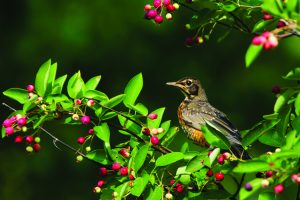 Serviceberry
Serviceberry
Serviceberries can become big shrubs or small trees. “They all produce fruits that birds adore, and they have beautiful white spring flowers, fall colors and interesting bark in winter.”
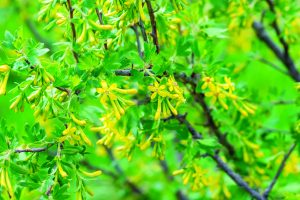 Clove Currant or Golden Currant
Clove Currant or Golden Currant
These xeric plants grow in sun or shade. “They have fragrant, trumpet-shaped yellow flowers that bees enjoy and fruits that birds love—and I think they are actually quite tasty.”
Fruit Trees
Though nonnatives, apple, plum, cherry and apricot trees are well adapted to local conditions. “These all grow very, very well here and can get by with very little water.
Herbs
“There are a lot of herbs—sage, oregano, thyme and chives—that grow best and are most flavorful when they’re grown without much water.” These can be easily integrated into low-water perennial beds.

